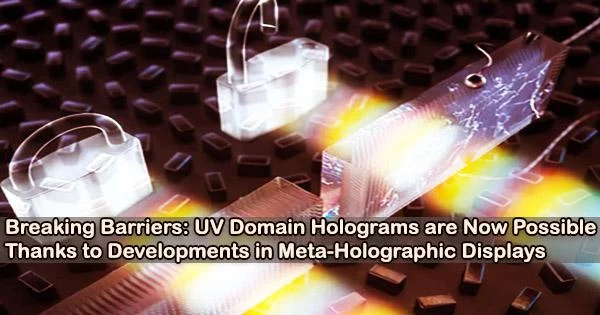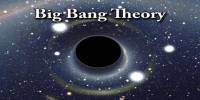Metamaterials are purposely created substances that display features not found in their natural environment. The term “meta” refers to the idea of transcending or surpassing.
A potential component for implementation into portable augmented reality (AR) and virtual reality (VR) devices to allow holographic production is metasurfaces, which are distinguished by their thinness and lightness.
The fact that metasurfaces can only produce holograms in the visible spectrum and have limited information storage capabilities are two key drawbacks to be aware of.
The research team comprising Professor Junsuk Rho from the Department of Mechanical Engineering and the Department of Chemical Engineering and Joohoon Kim from the Department of Mechanical Engineering at Pohang University of Science and Technology (POSTECH) have achieved the generation of meta-holograms applicable to both the visible and ultraviolet spectral regions.
The research findings have been published in Nanoscale Horizons.
This study is significant in that it overcomes the limitations associated with meta-holograms solely applicable to the visible regime and we have achieved the concurrent generation of meta-holograms in both the visible and the UV domains. This proposed metasurface can have promising applications in security technologies such as anti-counterfeiting measures, identifications, and passports.
Professor Junsuk Rho
Light absorption shown by the majority of objects in the ultraviolet regime has been the main explanation for why hologram creation is limited to the visible spectral range. By adding a thin layer of specially created gas compositions to the metasurfaces, the research team has successfully overcome this difficulty and achieved notable increases in holographic transmission efficiency in both the visible and ultraviolet regimes.
The group has also succeeded in encoding two different holographic phase profiles onto a single metasurface. Light travels through space according to its polarization properties.
The method developed by the team takes advantage of this phenomena to provide holographic information for both clockwise and counter-clockwise circularly polarized light, thereby doubling the amount of data encoded onto metasurfaces.
The scientists used liquid crystal, a widely used component in cellphones and LCD displays, which permits practical adjustment of the light’s spin direction, to simplify practical implementation.
According to the experimental findings, light spins clockwise in the absence of an electric field, producing type A holograms. On the other hand, the introduction of an electric field causes a new direction for the light to spin, leading to the creation of a type B hologram.
In essence, the study team created a tool that can display distinct holograms depending on whether an electric field is present or not.
Professor Junsuk Rho who led the research emphasized this breakthrough by commenting, “This study is significant in that it overcomes the limitations associated with meta-holograms solely applicable to the visible regime and we have achieved the concurrent generation of meta-holograms in both the visible and the UV domains.” He added, “This proposed metasurface can have promising applications in security technologies such as anti-counterfeiting measures, identifications, and passports.”















